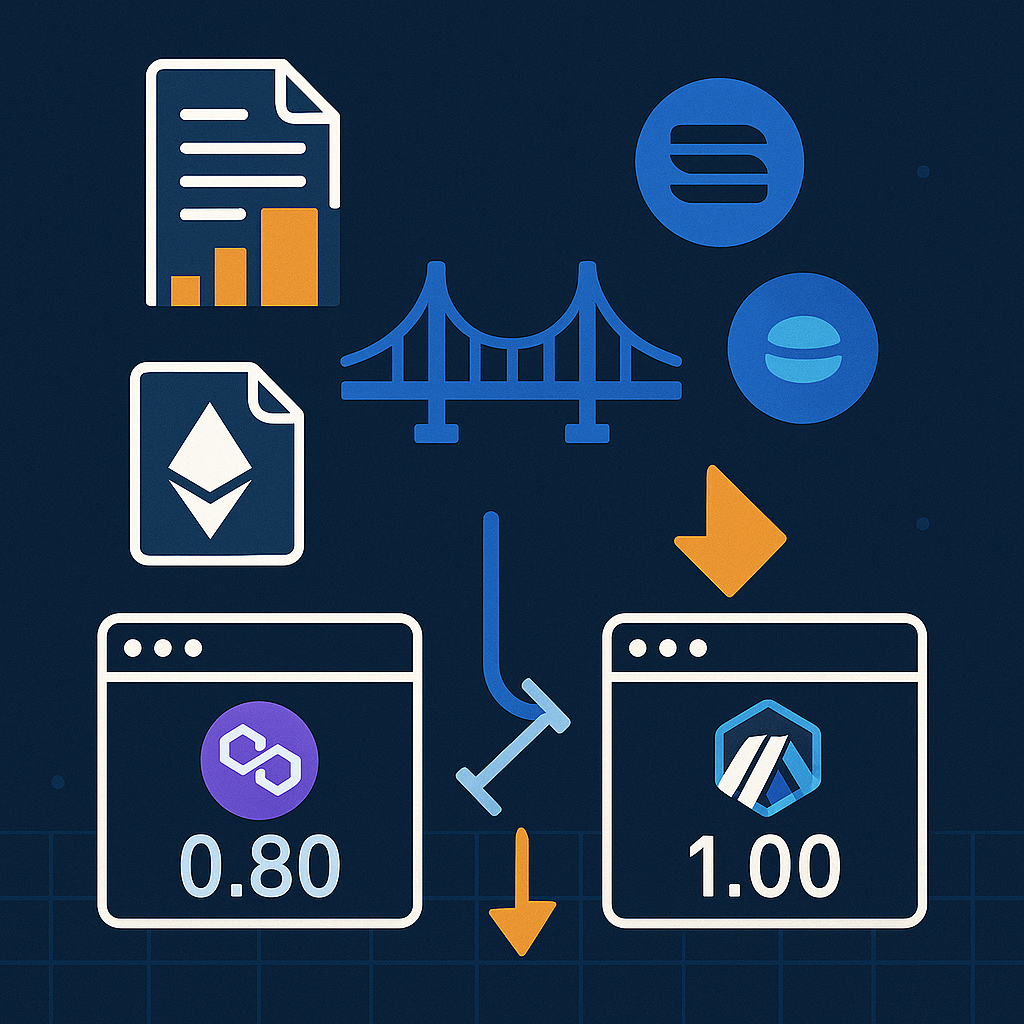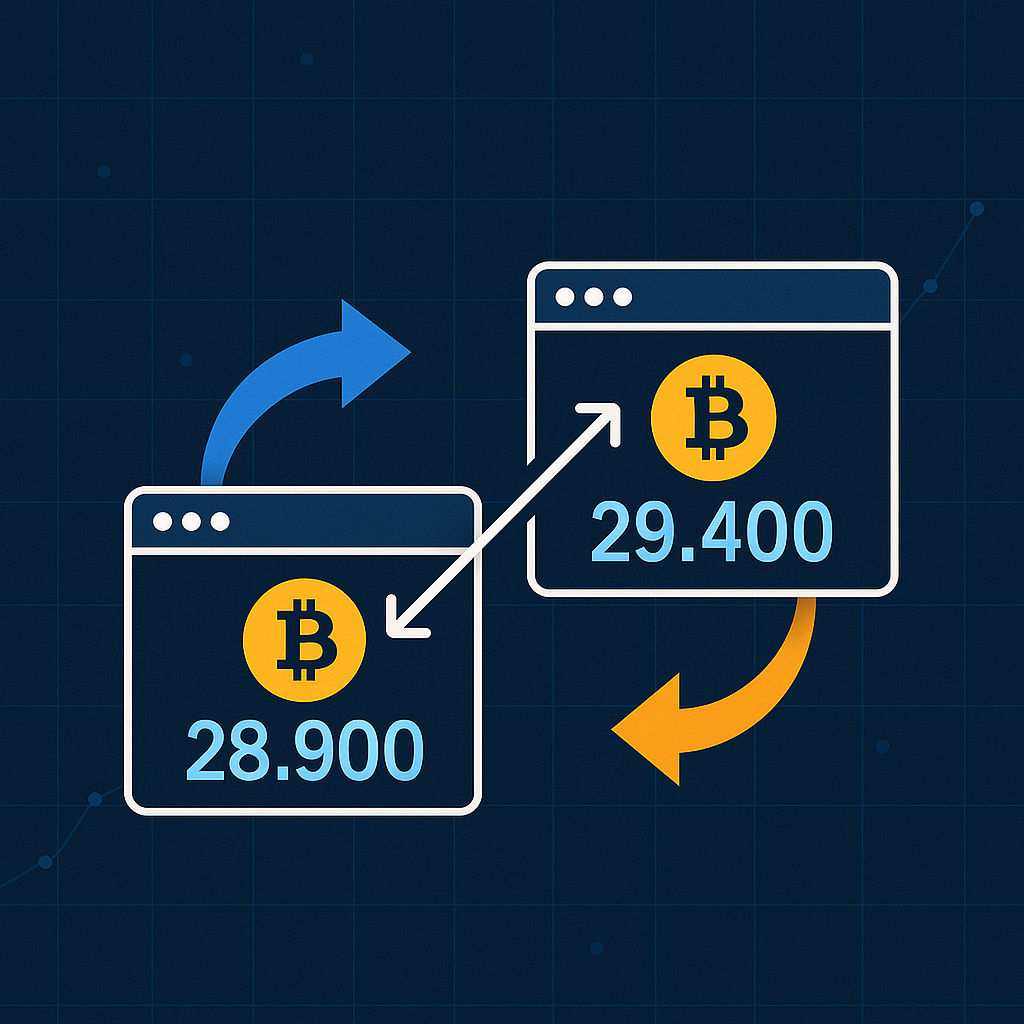Cryptocurrency traders have discovered something interesting about digital asset markets.
The same token can trade at different prices across various exchanges and blockchain networks, sometimes within the same hour. This creates opportunities that traditional finance professionals call spatial arbitrage.
The Jumper Exchange website has become a go-to platform for traders looking to capitalize on these price gaps.
Unlike traditional arbitrage that might involve shipping physical goods between countries, crypto arbitrage happens at the speed of blockchain transactions.
Consider what happened during major market stress events like the March 2020 crypto crash.
While Bitcoin dropped across most exchanges, smaller platforms often showed notable price differences compared to major exchanges like Binance or Coinbase.
Quick-moving traders who could transfer funds between platforms found profitable opportunities.
Understanding Cross-Chain Price Disparities
Cross-chain arbitrage has gained significant traction since layer-2 solutions started gaining real adoption.
The growth of bridge protocols has created substantial infrastructure for moving assets between different blockchain networks.

Price gaps between networks happen for several reasons.
Network congestion is a major factor – when Ethereum gas fees spike during high-demand periods, users migrate to cheaper alternatives like Polygon or Arbitrum.
This migration creates temporary price imbalances that can persist for hours.
Modern arbitrageurs rely heavily on cross-chain bridges to bridge from ETH on Base to SOL on Solana and execute similar transfers.
The process isn’t always smooth, though. Bridge transactions can take anywhere from minutes to several hours, depending on the protocol and network conditions.
What Makes Spatial Arbitrage Profitable in Crypto?
The crypto market’s fragmented nature creates more arbitrage opportunities than traditional finance.
Unlike stock markets, where major exchange prices rarely diverge significantly, crypto exchanges operate independently with their own liquidity pools and user bases.
Take the USDC depeg incident in March 2023.
When Silicon Valley Bank collapsed, USDC briefly traded at discounted prices on some exchanges while maintaining closer to parity on others.
Traders who recognized this as a temporary liquidity crisis rather than a fundamental problem found quick profit opportunities.
Network-specific factors also drive price differences.
Solana’s fast transaction times and low fees attract different user behaviour compared to Ethereum’s higher costs but greater security guarantees.
These preferences create persistent, though typically small, price variations between identical tokens on different chains.
The growth in cross-chain activity has been substantial.
Multiple research firms have documented significant increases in bridge volume and cross-chain arbitrage activity throughout 2022 and 2023.
How Do Professional Arbitrageurs Actually Execute These Trades?
Professional arbitrage operations look nothing like the simple “buy here, sell there” concept most people imagine.
Successful traders maintain detailed spreadsheets tracking bridge fees, gas costs, and execution times across dozens of different routes.
MEV (Maximal Extractable Value) bots have changed the game significantly.
These automated systems can spot and execute arbitrage opportunities within seconds of price discrepancies appearing.
Human traders have adapted by focusing on longer-term structural imbalances that bots often miss.
Risk management becomes crucial at scale.
Each bridge protocol carries smart contract risks – major bridge hacks have resulted in hundreds of millions in losses over the past few years.
Professional arbitrageurs typically limit exposure to any single bridge and diversify across multiple protocols.
The Future of Cross-Chain Arbitrage
Layer-2 adoption is reshaping arbitrage opportunities in unexpected ways.
Several layer-2 networks have seen dramatic growth in transaction volume, creating new categories of price differences between main chains and their scaling solutions.
The Solana ecosystem presents particularly interesting opportunities.
Unlike EVM-compatible chains that share similar infrastructure, Solana’s unique architecture creates friction that can persist for extended periods.
Traders familiar with Solana’s specific characteristics often find profitable opportunities during network stress periods.
Institutional players are entering the space with sophisticated infrastructure.
Traditional market makers now operate cross-chain arbitrage strategies with substantial capital pools.
This institutional involvement is gradually reducing arbitrage opportunities, but it’s also creating more efficient markets overall.



